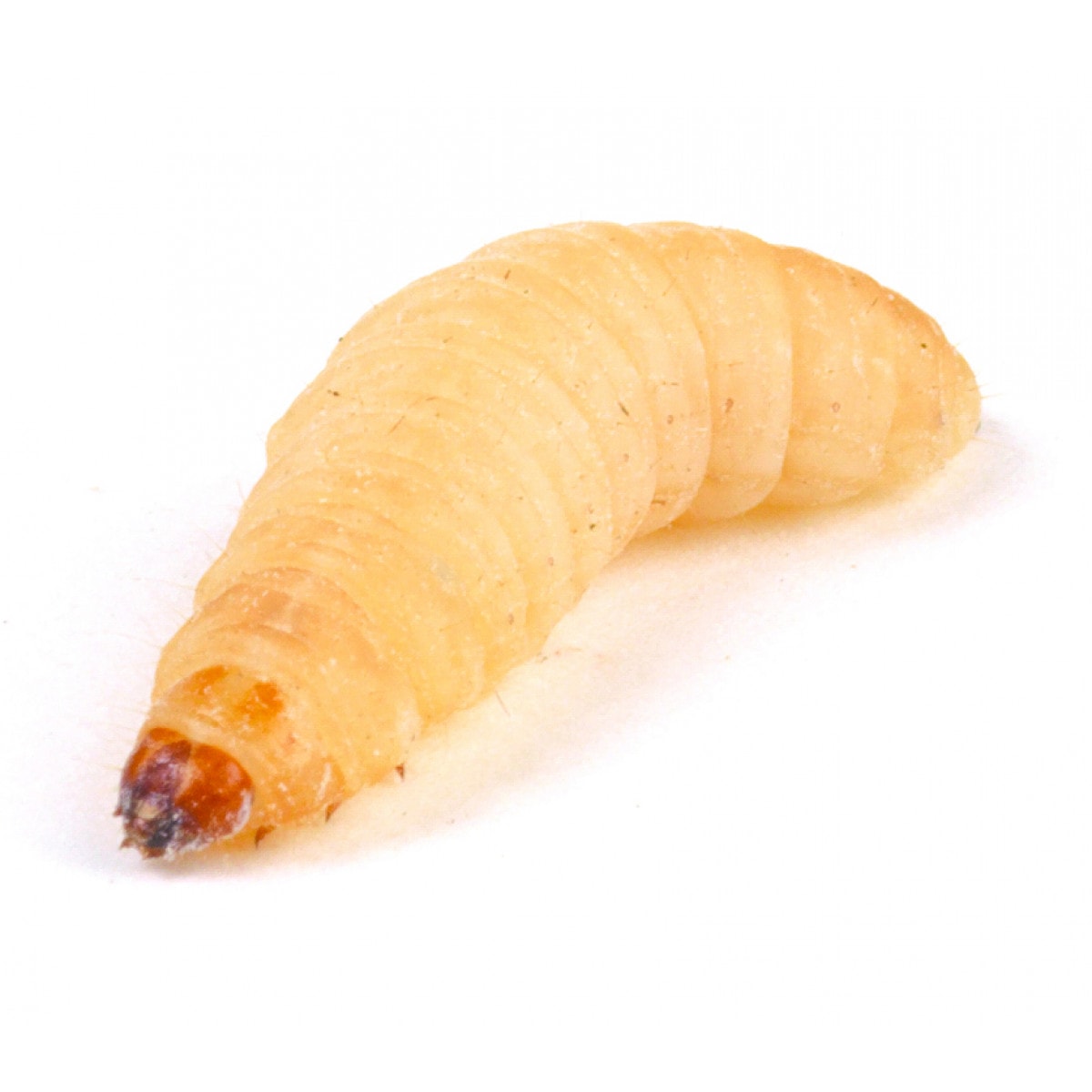

You may want to aim for the following seasonal red footed tortoise diet plan as outlined by the Tortoise Trust – especially if you live in a tropical climate which triggers the natural feeding instincts of your tortoise. In the fall and winter, the most plentiful food sources are likely to be grasses, fungi, leaves, stems, insects and carrion. Summer is a time when the red footed tortoise is able to maintain a consistently warmer body temperature and digestion of high sugar, high carbohydrate fruits and flowers will come more easily.Īlso, fruits and flowers are more readily available during the summer season. This makes sense both from a digestive and a seasonal perspective. The composition of plant matter and protein in your red footed tortoise diet plan should vary depending on your climate and the time of year.įor example, wild redfoot tortoises will eat more fruits and flowers during the hot, wet season and more plant matter during the cooler, dry season. While they primarily eat plant matter, including grasses, fruits and vegetables, they need some protein to remain healthy. In the wild, redfoot tortoises are omnivores. You will need to seek out an exotic veterinarian if you find that you need help providing a balanced and nutritious red footed tortoise diet. Finding information about red footed tortoise foodĪs well as this article, the Tortoise Trust and red footed tortoise breeder sites like this one are a good source of information about safe foods and meal ideas.Īnd of course you can ask your vet for specific advice personally tailored to your own tortoise!īe aware that not all veterinarians are trained to evaluate and treat exotic pets such as tortoises. You may want to print out a red footed tortoise diet sheet you can put on your refrigerator to refer to as you prepare your tortoise’s meals.īe aware that there are different schools of thought on how best to feed a red footed tortoise hatchling, juvenile and adult, so it is good to find an expert you resonate with and stick with their guidance. Just like with dogs, cats, birds and other more common pets, some foods are toxic to redfoot tortoises, while other foods are essential to their healthy growth and development. One of the first things you will want to do after (or ideally before) you bring your new redfoot tortoise home is to study up on what these tortoises can and cannot safely eat. So setting up a weekly structured meal plan and paying close attention to portion sizes for food and treats can be helpful to keep your shelled foodie’s girth in check! Red footed tortoise diet sheet Redfoots have even been known to outperform pigeons, dogs and rats on computer tests… as long as the treats kept coming. Interestingly, these tortoises are sufficiently food-motivated that they can make ideal research subjects. In captivity, however, a pet red footed tortoise won’t have to worry where the next meal is coming from – or when.Īll this means that red footed tortoises can be prone to becoming picky eaters and packing on the pounds. Since a wild redfoot never knows when the next meal will appear, this species has become what biologists call “opportunistic feeders” – when the food is plentiful, they will eat and eat. In a wild setting, redfoot tortoises will spend most of their time foraging for food or resting. They can also be sizeable in adulthood, with males regularly weighing 20 pounds or more and measuring 12+ inches long. If the bedding feels moist when they arrive, take the lid off for a while to let them dry out.The red footed tortoise hails from South America in the dense rainforests and grasslands.īringing a red footed tortoise into your life is a significant commitment, as these tortoises can readily live for 50+ years! Remove any blackened dead worms and cocoons daily.


The best way to do this is with a wine cooler and low humidity. However, to make them last up to 4 weeks, you can keep them cooler between 50-60 degrees. Waxworms last up to two weeks at room temperature. If you’re looking for a staple feeder, we recommend dubia roaches and NutriGrubs instead.Īlways dust waxworms lightly with calcium powder before offering, as they have a high phosphorus content. Waxworms are naturally high in fat, so they should only be offered as rare treats, never as a regular feeder. These soft-bodied grubs make great treats for reptiles, amphibians, and birds alike! Waxworms are the juvenile stage of the Greater Wax Moth ( Galleria mellonella ).


 0 kommentar(er)
0 kommentar(er)
